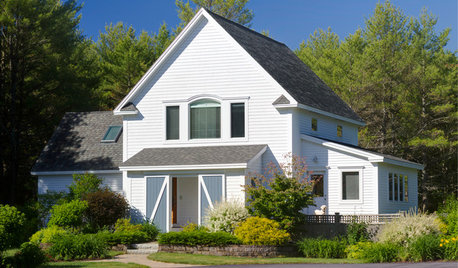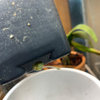I have not been around for a while. Looks like we continue to a stream of new people coming (as the older ones leaving). Here are some tips for better success rate.
I think there is some difference between Southern Hemisphere (where I live) and the Northern hemisphere where the climate is more severely cold in Winter. Also in warm season, the Southern hemisphere is more severe (20 degrees Celcius temperature difference between morning and afternoon). So many techniques need fine adjustment to work.
Many people in Northern hemisphere seem to employ indoor rooting under artificial light to avoid the variable weather. However I think this strategy is not green (using too much energy) and the plants are weak. They need gradual hardening to survive. Also success should be counted as from canes to blooms rather than from canes to having roots. The success rate from canes to blooms is much lower.
1/ Most reliable method, work in all climates, cope well with extreme variation in weather
Nothing beat a set up with an electronic timer misting system that mists the cuttings under full Sun. It's easy to set up. A wooden frame with clear plastic covering. The timer should allow under 1 minute timing. The misting nozzle should give a misty fine spray. This set up will allow the rooting of softwood stems where a couple of sets of leaves can be left on the cutting. The photosynthesis process happens at normal rate and will help the cuttings to root within 2 weeks. Sand is the best medium and reusable indefinitely. This process is very environmental friend as there is no need for any chemical at all. A jet of water will hose away the sand leaving the rootsystems completely intact.
Cons: water quality can be a problem. Wasting of water can be a problem unless the wasted water is collected at the base and used to water other plants
2/ A variation of full Sun misting
Dig a small rectangular hollow on the ground, line with plastic. Same set up as above but using a pond pump instead to spray water via normal fine garden nozzles. This is not quite fine misting but it works. As the pump is used to create pressure, we can recycle water. Only top up the loss of water into the air which is negligible. The pond pump should be around 200W to create enough pressure for a set of 6 nozzles
Pros: save a lot of water
Cons: loose electricity.
3/ Working with nature
One can use hardwood rooting procedure to beat variable climate. It's best done late Winter when all things "want" to grow. In moderately cold climate, at pruning time the cuttings can be saved. Keep only the cuttings that are between 3-12 months old. They have a lot of carbonhydrates already converted into a more dormant kind of energy. In this sense they won't ever rot due to the late Winter cool temperature and lack of ready carbonhydrates for bacteria to attack. In much colder climate, the cuttings can be saved in the basement in Winter to avoid freezing temperature inside a blackplastic bag. Washing them clean before storage will also help.
Late Winter, stick them down in a mix of sand and dirt about 50-50 ratio in a bed located at a spot where there is plenty of morning Sun and a wall to shade them from the afternoon Sun. This method will strike even the hardest roses.
Pros: great success rate
Cons: need to wait until the time is right.
People often get sucked into using a plethora of chemicals, potting mix, ... but my experience tell me that these things while helpful, not the essentials. I always get great success rate without using any chemicals or commercial mix. If you get the conditions right, all of these additions can be ignored.
The essentials
- Never let the cuttings dry out (misting or do it late Winter. The Pop-bottle method is well-known but it limits airflow and tend to promote fungus attacks).
- Use mature cuttings so that there is not enough carbonhydrates available for bacteria to attack.
- Avoid extreme of temperature by picking the best time of the year where the temperature is moderate and going from cool to warm slowly.
- Stick with medium that is void of nutrients to avoid bacteria attack at the base
How to avoid depletion of nutrients?
It's easy to find the cuttings striking root then die because of lack of nutrients or transplanting shock. The best way to avoid this is to use two layers in the rooting medium. The top layer is just plain sand with 10% peat to keep moisture. It's clean and relatively free of all nutrients. The bottom layer is rich soil with all necessary nutrients. The base of the cutting should stay entirely on the top layer. As the roots strike and make their way to the 2nd layer, the new plants will get all the nutrients needed.
I have a comprehensive home gardener guide to rose propagation available as a PDF file on the Internet. Just google "Rose Propagation" to look for my PDF document.

















jim_east_coast_zn7
dmaivnOriginal Author
Related Professionals
Cary Landscape Architects & Landscape Designers · Folsom Landscape Architects & Landscape Designers · Bedford Heights Landscape Contractors · Belvedere Park Landscape Contractors · Brooklyn Park Landscape Contractors · Chattanooga Landscape Contractors · Dallas Landscape Contractors · Framingham Landscape Contractors · Hendersonville Landscape Contractors · Laguna Hills Landscape Contractors · Medford Landscape Contractors · Panama City Beach Landscape Contractors · Kingsburg Landscape Contractors · Greenville Roofing & Gutters · California Roofing & Guttersgeorge_mander